Gas Insert vs. Gas Fireplace: Which One is Right for Your Home?
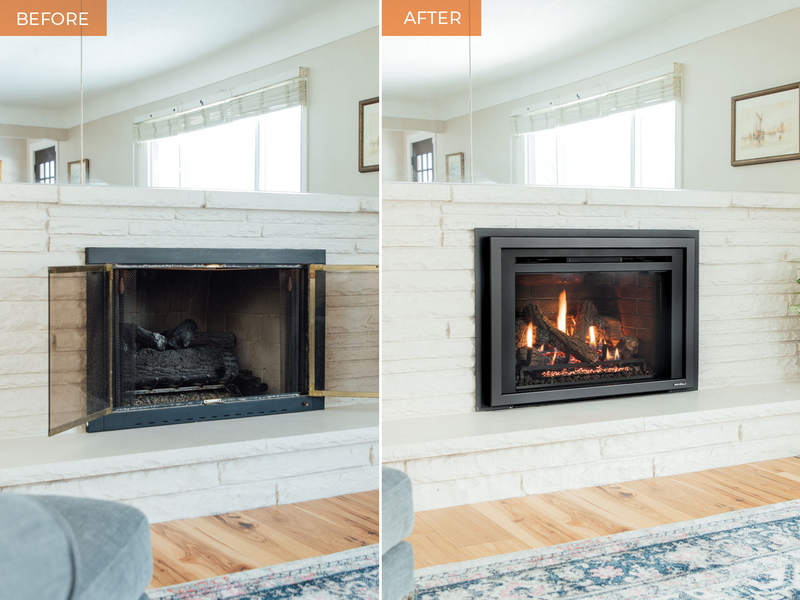
What Is a Gas Insert?
A gas insert is designed to fit directly into an existing wood-burning fireplace. This retrofit solution transforms an inefficient open hearth into a high-efficiency heating system. Gas inserts are sealed combustion units, drawing air from outside and venting exhaust through a co-linear vent system.
Advantages of Gas Inserts:
Ideal for homeowners with existing masonry fireplaces
More efficient than traditional wood fireplaces
Easier installation with existing structure
Excellent zone heating
For an in-depth look at installation expenses, visit our guide on gas fireplace installation costs.
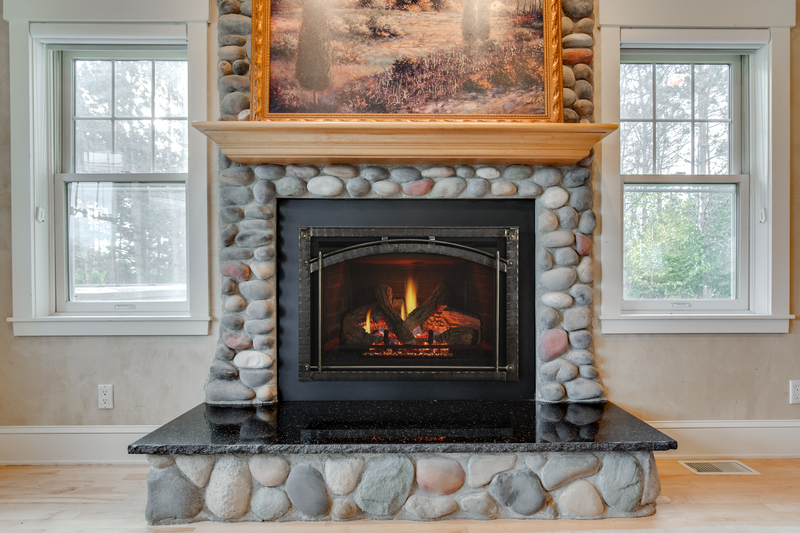
What Is a Gas Fireplace?
Unlike inserts, gas fireplaces are built-in units installed in new construction or remodeling projects. They include their own firebox and venting system and don’t require an existing fireplace. Gas fireplaces come in various sizes and styles, offering more design flexibility.
Advantages of Gas Fireplaces:
Perfect for homes without an existing fireplace
Allows for custom installation in any room
Greater design and placement flexibility
Often includes built-in features like blowers and remote controls
To learn more about potential costs, check our breakdown of what does a new gas fireplace cost?

Additional Considerations
Fuel Efficiency & Cost: Gas appliances are often more economical than electric and easier than wood. See our full fuel cost comparison in Pennsylvania.
Longevity: A well-maintained gas fireplace or insert can last 15–20 years. Learn more about gas fireplace life expectancy.
Performance: Looking for high performance in cold winters? Don’t miss our roundup of the favorite gas stoves for heat.
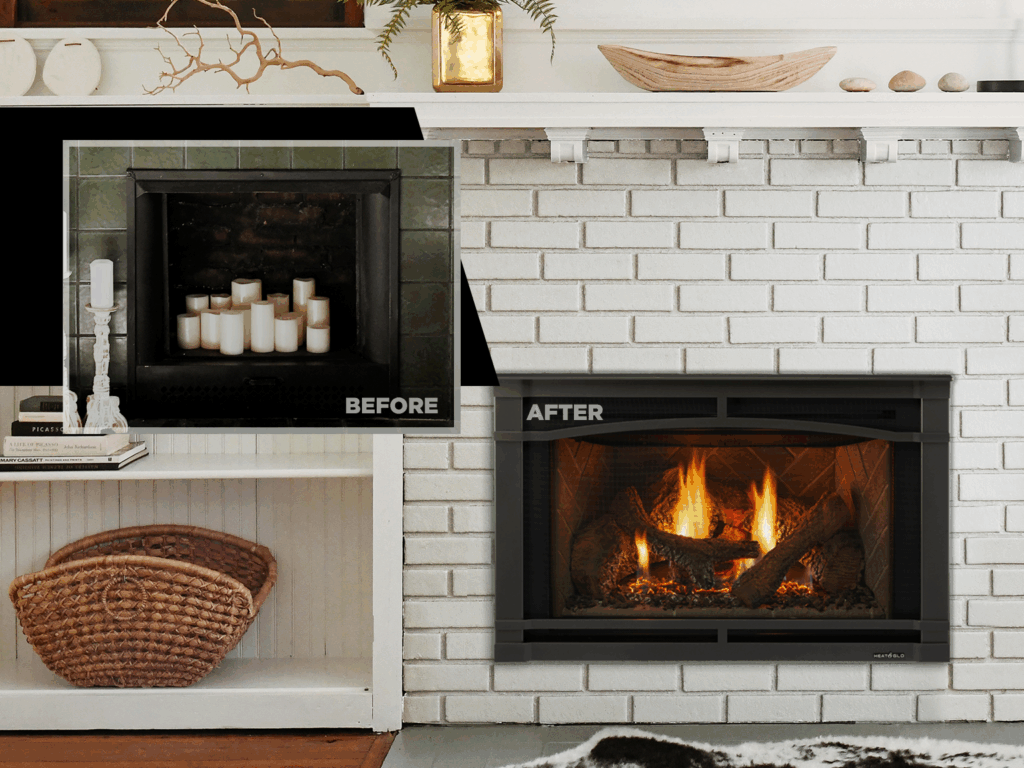
In summary, a gas insert and a gas fireplace serve similar heating purposes but are distinct in design, application, and installation:
Gas Insert
Purpose: Converts an existing wood-burning fireplace into a high-efficiency gas unit.
Installation: Slides into an existing masonry or factory-built fireplace.
Venting: Uses a co-linear vent system (typically two 3″ aluminum liners) run through the existing chimney.
Heat Output: Generally higher due to insulated fireboxes and sealed combustion.
Efficiency: Very efficient—designed to optimize zone heating.
Gas Fireplace
Purpose: New construction or remodel where no fireplace exists.
Installation: Built into a framed wall or chase; includes its own metal firebox and chimney system.
Venting: Direct vent to outside (coaxial pipe—one pipe inside another).
Heat Output: High, but varies depending on model and placement.
Design Flexibility: Allows for more design options in terms of size, shape, and surround.
In short: Gas inserts retrofit an existing fireplace; gas fireplaces are for new installations or remodels without existing fireplaces.
Whether you opt for a gas insert or a gas fireplace, both options enhance your home’s comfort and aesthetics while offering energy-efficient heating. At The Stove Shop Fireplace Experts, we’re here to guide you through the entire process—from selection to installation.
Still unsure? Contact us today to schedule your in-home consultation and make the best choice for your space.



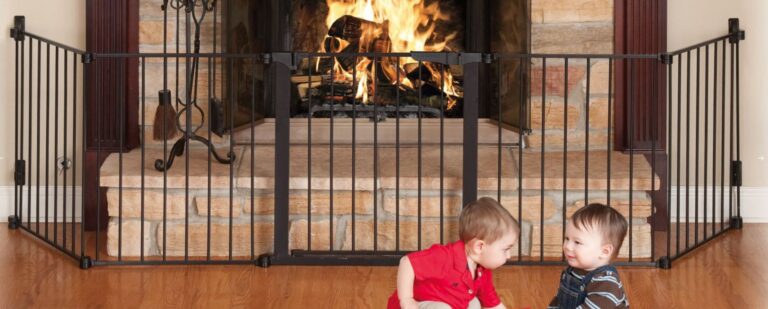
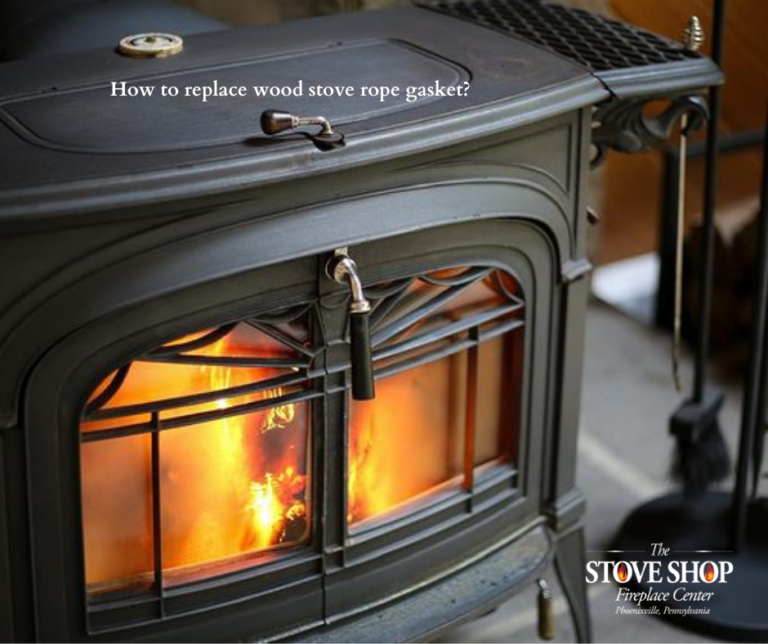

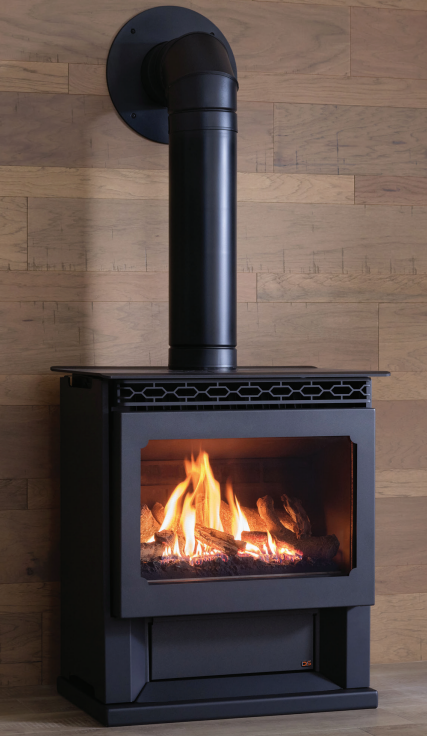

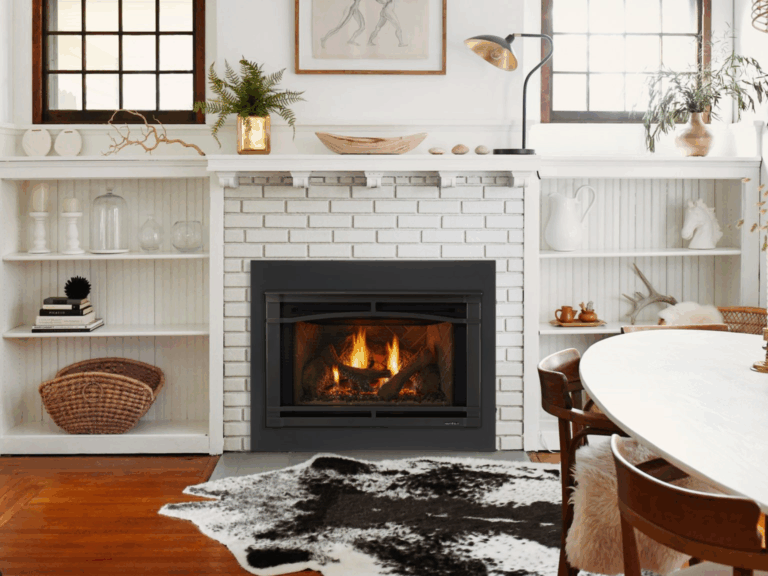


2 Responses